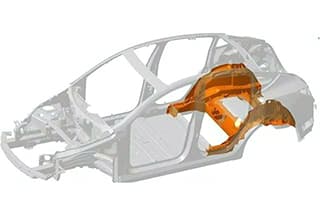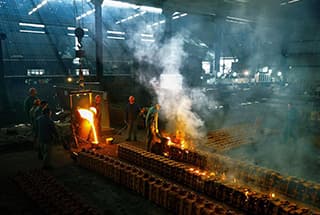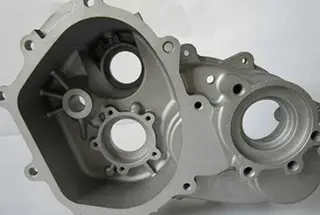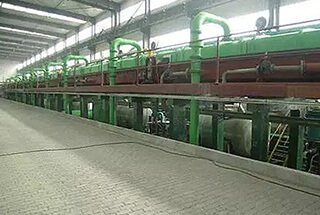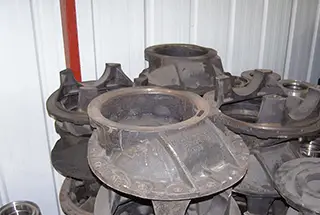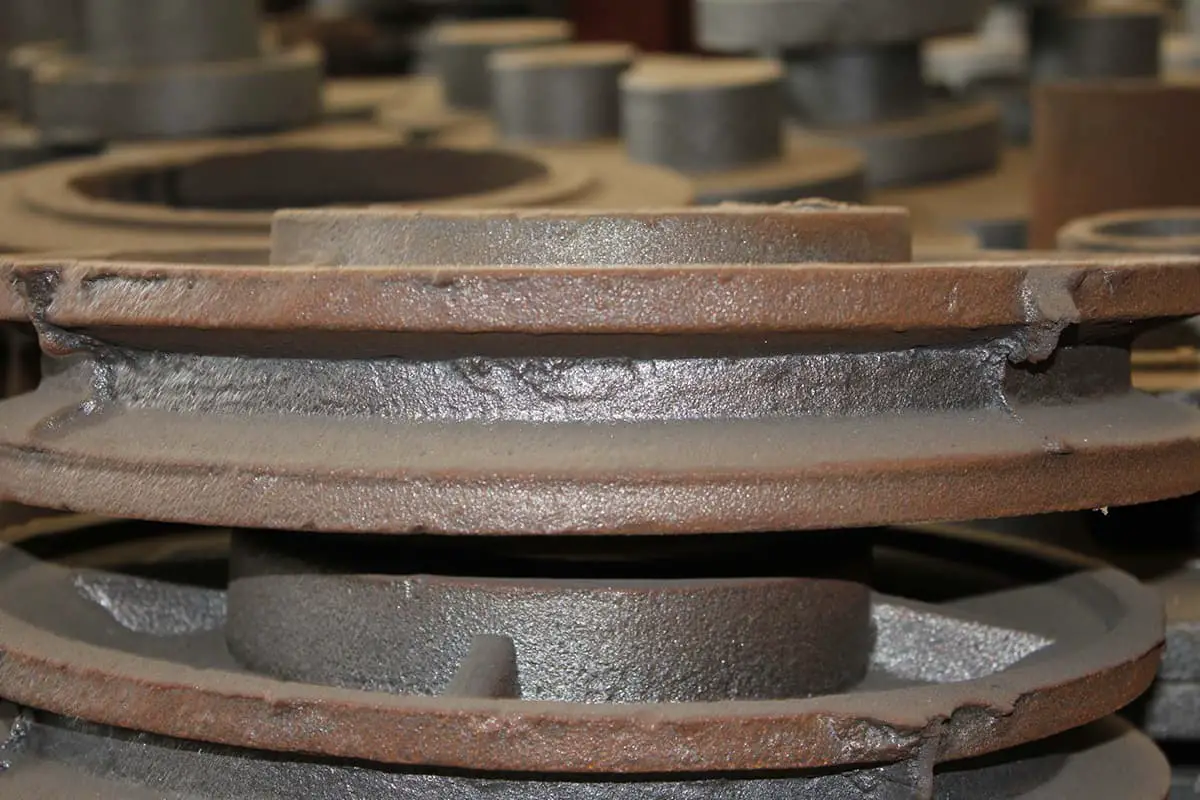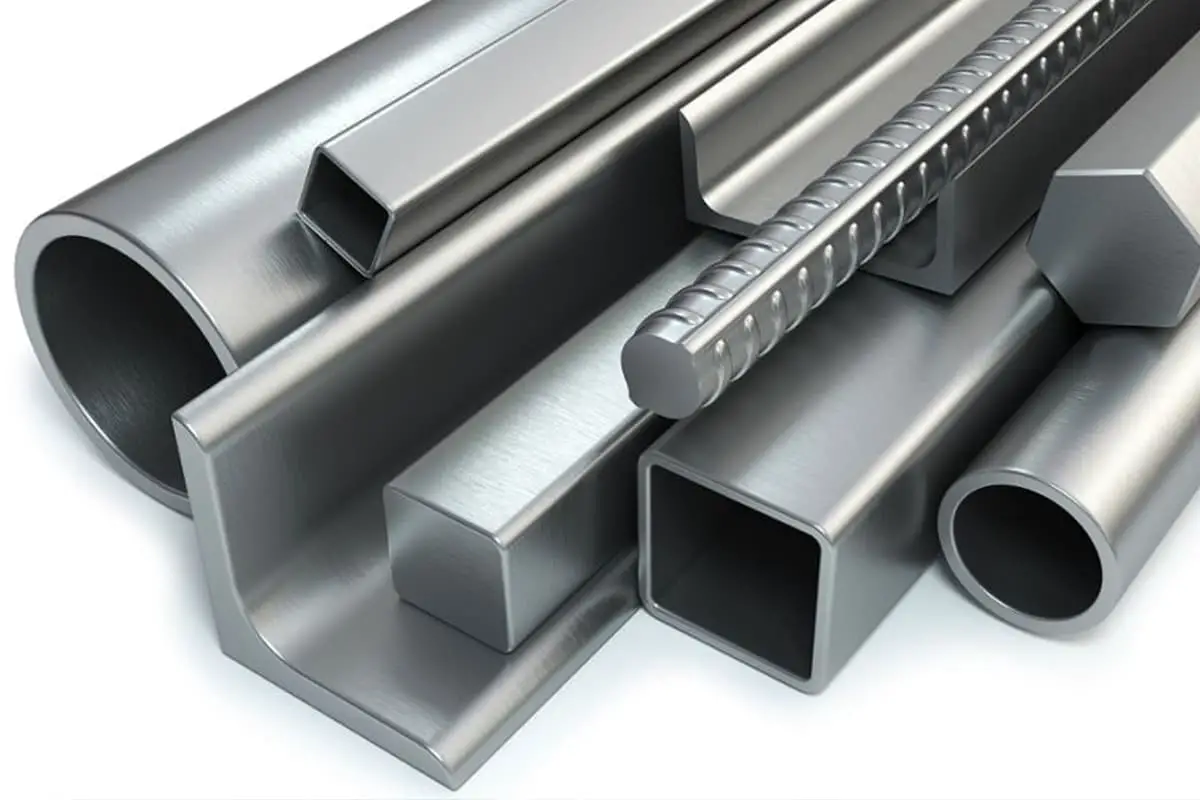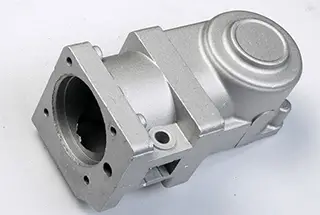
What makes cast steel different from cast iron, and why should you care? Understanding these materials is essential for choosing the right one for your project. This article will explore the distinct properties, advantages, and common applications of both cast steel and cast iron. You’ll gain insights into their strengths and weaknesses, helping you make informed decisions for your engineering needs. Dive in to learn how these versatile materials can impact your next build.
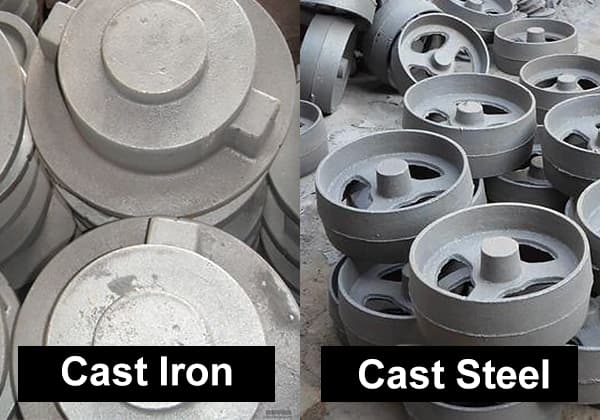
Both steel and iron are iron-carbon alloys that contain a small amount of alloying elements and impurities. According to the different carbon content, they can be divided into:
Related reading: Pig Iron vs Wrought Iron
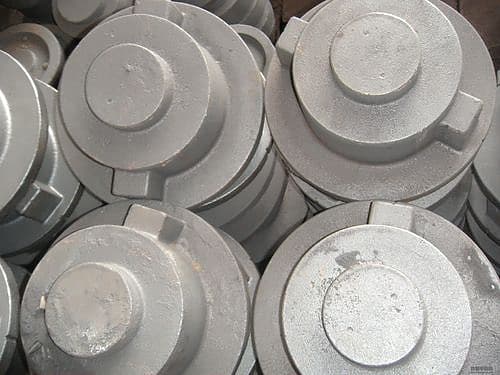
Cast iron is an iron-carbon alloy with a carbon content greater than 2%. The carbon in cast iron often exists in the form of graphite, and sometimes in the form of carbides.
In addition to carbon, cast iron also contains 1% to 3% silicon, as well as manganese, phosphorus, sulfur, and other elements.
Alloy cast iron also contains elements such as nickel, chromium, molybdenum, aluminum, copper, boron, and vanadium.
Carbon and silicon are the main elements that affect the microstructure and properties of cast iron.
Cast iron can be divided into:
1. Grey cast iron:
With a high carbon content (2.7% to 4.0%), the carbon mainly exists in the form of flaky graphite, and the fracture surface is gray. It has a low melting point (1145°C to 1250°C), small solidification shrinkage, compressive strength and hardness similar to carbon steel, and good shock absorption.
It is used to manufacture structural components such as machine tool beds, cylinders, and boxes.
2. White cast iron:
With low carbon and silicon content, the carbon mainly exists in the form of carbides, and the fracture surface is silver-white.
During solidification, it has a large shrinkage and is prone to shrinkage holes and cracks. It has high hardness and brittleness and cannot withstand impact loads. It is mostly used as blank parts for malleable cast iron and for making wear-resistant parts.
3. Malleable cast iron:
Obtained by annealing white cast iron, the graphite is distributed in a clustered shape, commonly called ductile iron. Its microstructure and properties are uniform, wear-resistant, and have good plasticity and toughness.
It is used to manufacture parts with complex shapes and capable of withstanding strong dynamic loads.
4. Ductile cast iron:
Obtained by spheroidizing the iron water of grey cast iron. The precipitated graphite is in a spherical shape, commonly called nodular cast iron.
It has higher strength, better toughness and plasticity than ordinary grey cast iron. It is used to manufacture internal combustion engine parts, automobile components, agricultural machinery, etc.
5. Compacted graphite iron:
Obtained by compacting and spheroidizing the iron water of grey cast iron, the precipitated graphite is in a worm-like shape.
Its mechanical properties are similar to those of nodular cast iron, and its casting properties are between grey cast iron and nodular cast iron. It is used to manufacture automobile parts.
6. Alloy cast iron:
Ordinary cast iron with an appropriate amount of alloying elements (such as silicon, manganese, phosphorus, nickel, chromium, molybdenum, copper, aluminum, boron, vanadium, tin, etc.) added.
The alloying elements change the matrix structure of cast iron, thus having corresponding characteristics such as heat resistance, wear resistance, corrosion resistance, low-temperature resistance or non-magnetism.
It is used to manufacture parts for mining, chemical machinery, instruments, and meters.
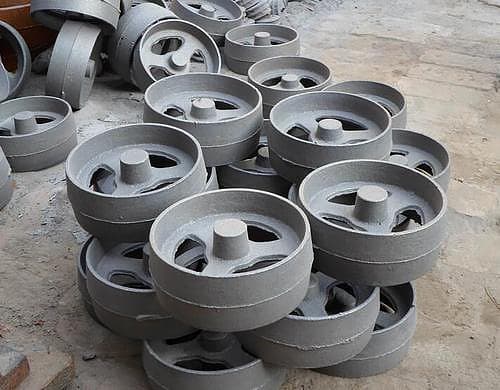
Steel used for casting. It is a casting alloy that can be divided into three types: carbon cast steel, low-alloy cast steel, and special cast steel.
1. Carbon cast steel:
A casting steel in which carbon is the main alloying element and contains a small amount of other elements. Cast low-carbon steel contains less than 0.2% carbon, cast medium-carbon steel contains 0.2% to 0.5% carbon, and cast high-carbon steel contains more than 0.5% carbon.
As the carbon content increases, the strength and hardness of carbon cast steel increase. Carbon cast steel has high strength, plasticity, and toughness, lower cost.
It is used in heavy machinery to manufacture parts that bear large loads, such as rolling mill frames, hydraulic press bases; and used in railway vehicles to manufacture parts that are subjected to large forces and impacts, such as rocking pillows, side frames, wheels, and couplers.
2. Low-alloy cast steel:
Casting steel containing alloying elements such as manganese, chromium, and copper. The total amount of alloying elements is generally less than 5%, which has greater impact toughness and can obtain better mechanical properties through heat treatment.
Low-alloy cast steel has better performance than carbon steel, reduces part weight, and extends service life.
3. Special cast steel:
Alloy cast steel refined to meet special needs. There are many varieties, usually containing one or more high-content alloying elements to obtain certain special properties.
For example, high-manganese steel containing 11% to 14% manganese can resist impact wear and is mostly used for wear-resistant parts of mining machinery and engineering machinery; various stainless steels based on chromium or chromium-nickel, used for parts working under corrosion or high-temperature conditions above 650°C, such as valve bodies, pumps, containers for chemical industry or casing of large-capacity power station turbines.
ASTM standard D-5S austenitic nodular iron requires a carbon content of less than 2.0%.


